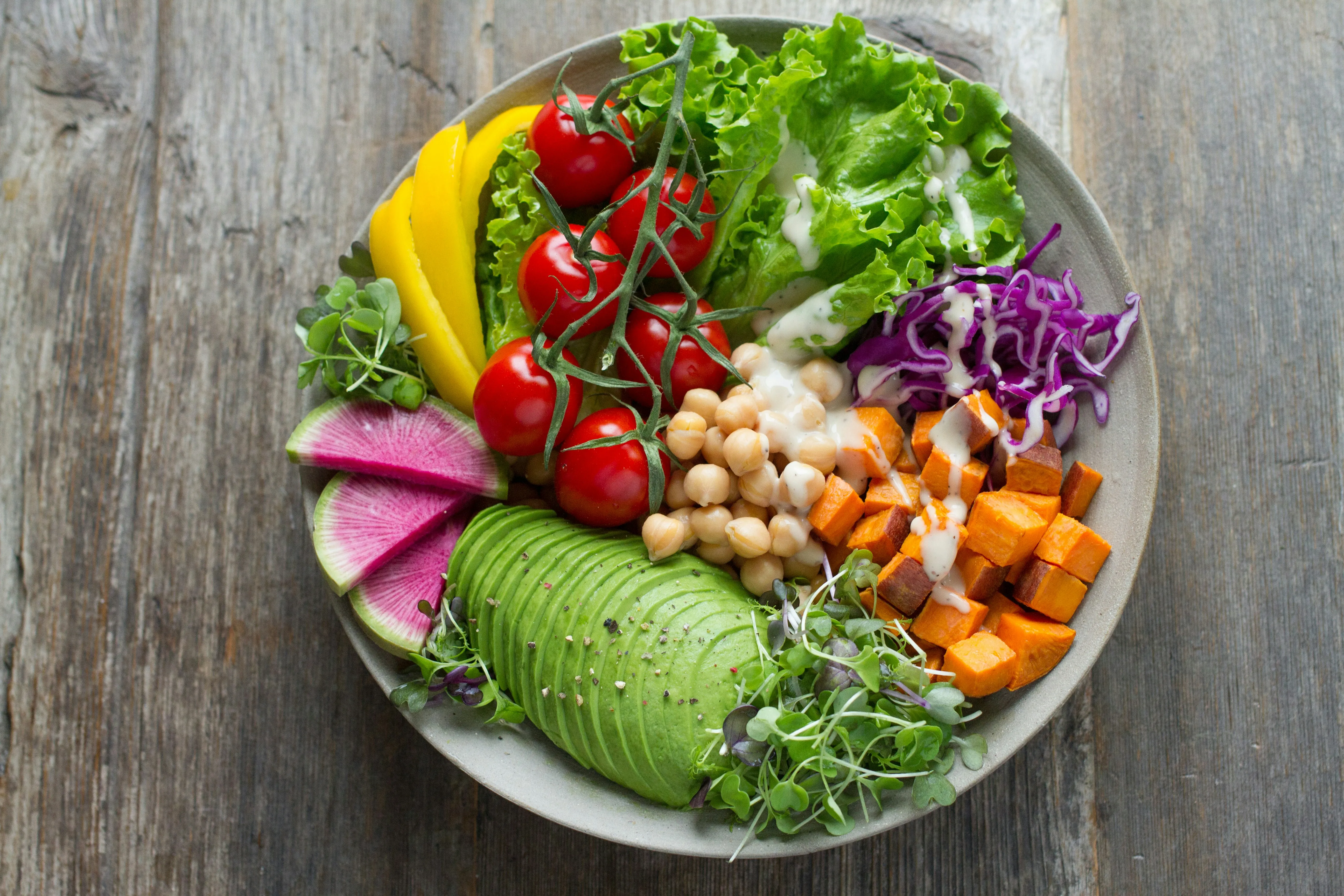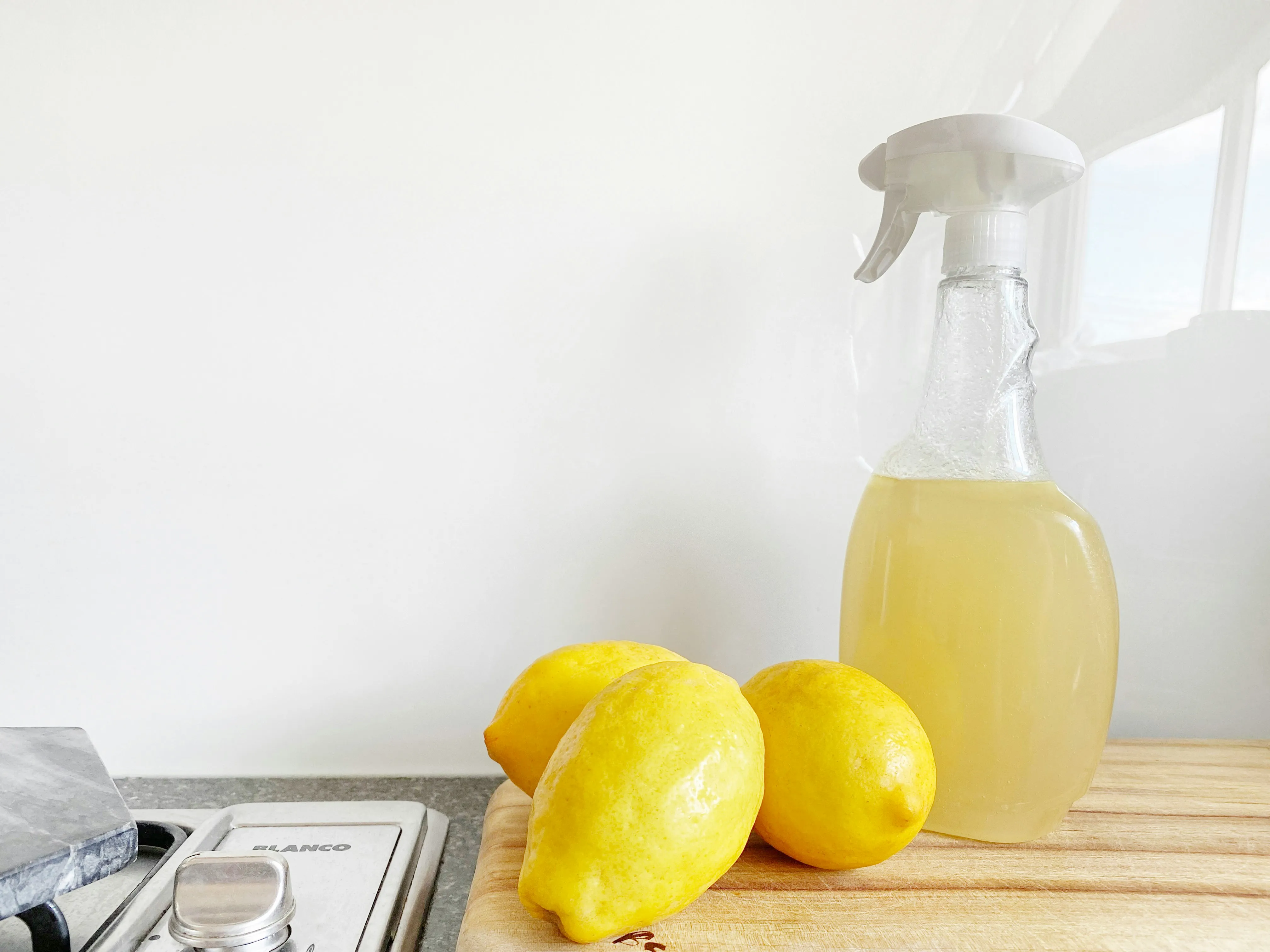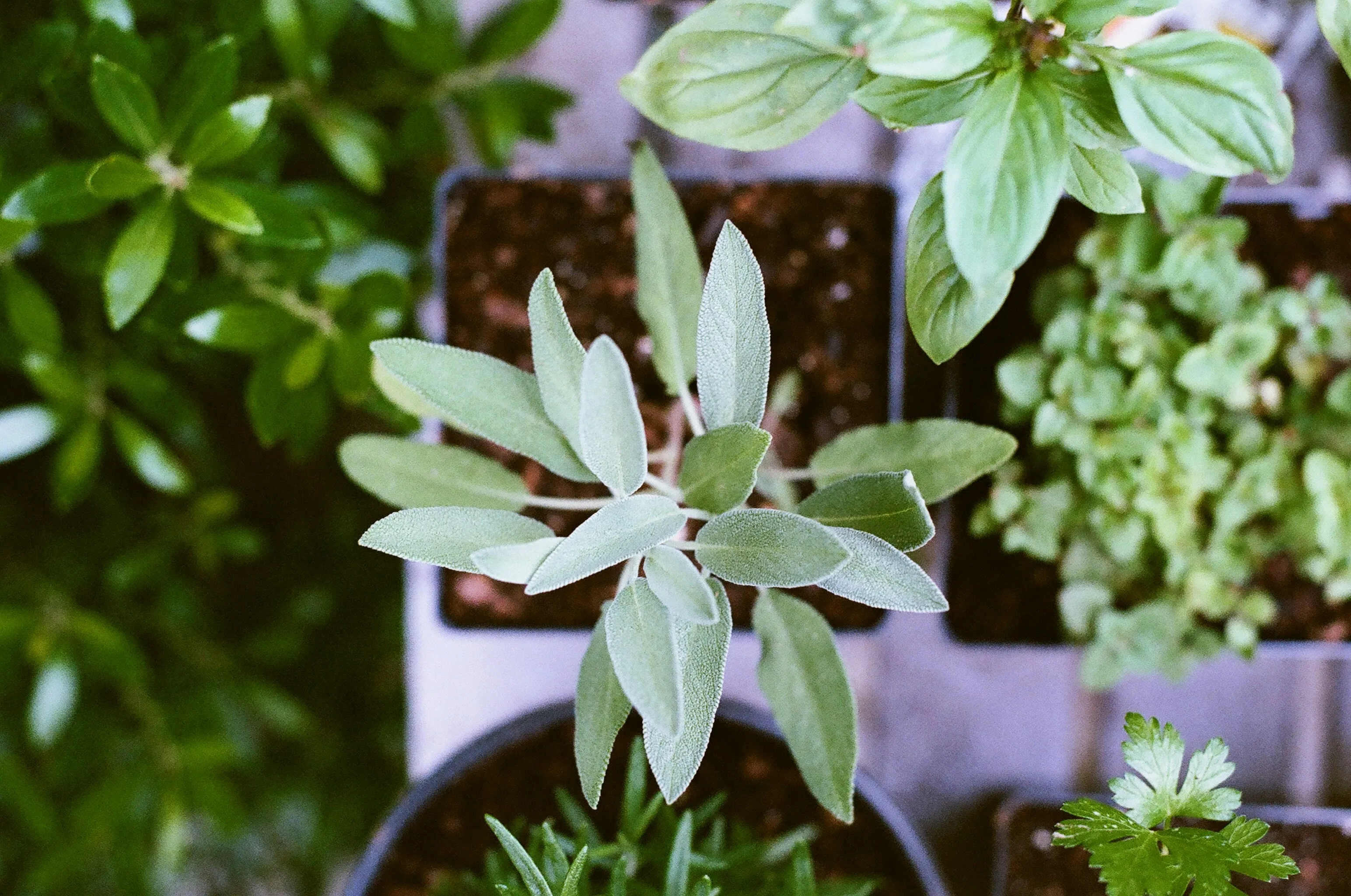Eco-Friendly Parenting: Raising Children in a Sustainable Home
In today's world, more and more parents are looking for ways to raise their children in a manner that is both healthy for them and beneficial to the environment. Eco-friendly parenting is not just about using green products; it's about instilling values of sustainability, responsibility, and respect for nature in our children. This blog will provide practical tips and ideas for parents who want to embrace eco-friendly practices and create a sustainable home for their families.
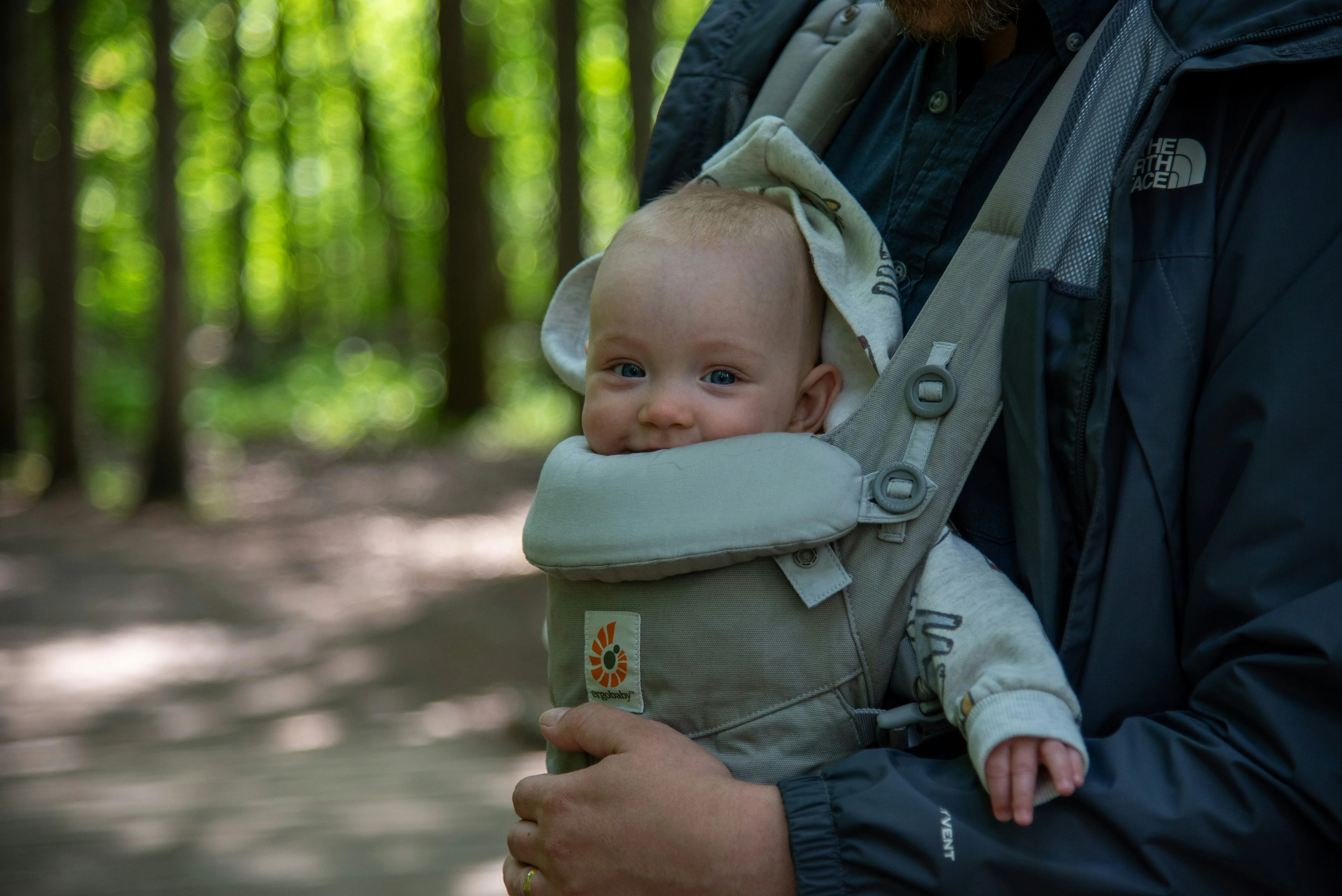
Why Choose Eco-Friendly Parenting?
Choosing eco-friendly parenting means making decisions that contribute to the well-being of our planet while providing a safe and healthy environment for our children. It involves using sustainable products, reducing waste, and teaching kids the importance of taking care of the Earth. Here are some compelling reasons to consider this lifestyle:
- Health Benefits: Eco-friendly products are often free from harmful chemicals and toxins, reducing the risk of allergies, asthma, and other health issues.
- Environmental Impact: Sustainable practices help reduce your family's carbon footprint, conserve natural resources, and decrease pollution.
- Educational Value: Teaching children about sustainability fosters a sense of responsibility and encourages them to make environmentally conscious decisions as they grow.
1. Eco-Friendly Baby Products
Starting with eco-friendly baby products is a great way to begin your journey into sustainable parenting. Here are some options to consider:
Reusable Diapers
Cloth diapers have come a long way in terms of convenience and ease of use. Modern cloth diapers are adjustable, easy to clean, and come in a variety of cute designs. By using cloth diapers, you can significantly reduce the amount of waste your family generates.
Natural Baby Care Products
Opt for baby care products that are made from natural, organic ingredients. Look for shampoos, lotions, and soaps that are free from parabens, phthalates, and synthetic fragrances. Brands that use biodegradable packaging are also a plus.
Eco-Friendly Baby Clothing
Choose baby clothes made from organic cotton, bamboo, or other sustainable materials. These fabrics are not only gentle on your baby’s skin but also better for the environment.
2. Sustainable Toys and Activities
Children’s toys and activities can also be more sustainable with a bit of mindful selection.
Wooden Toys
Wooden toys are durable, non-toxic, and biodegradable. They are often more educational and open-ended than plastic toys, encouraging imaginative play.
DIY Crafts and Recycled Materials
Encourage creativity by using recycled materials for crafts. Cardboard boxes, old magazines, and fabric scraps can be transformed into fun and imaginative projects.
Outdoor Play
Spending time outdoors is a great way to connect with nature. Activities like gardening, hiking, and bird-watching can be both educational and enjoyable for children.
3. Teaching Kids About Recycling
Instilling recycling habits in children from a young age can have a lasting impact on their environmental awareness.
Set Up a Recycling Station
Create a designated area in your home where recyclable materials are sorted. Make it easy for kids to understand which items go into each bin with clear labels and colors.
Get Kids Involved
Turn recycling into a fun activity by involving children in the process. They can help sort items, take recyclable materials to the curb, or even visit a recycling center to see how the process works.
Explain the Importance
Teach children why recycling is important. Explain how it helps conserve resources, reduce waste, and protect wildlife. Books and videos on the topic can also be helpful educational tools.
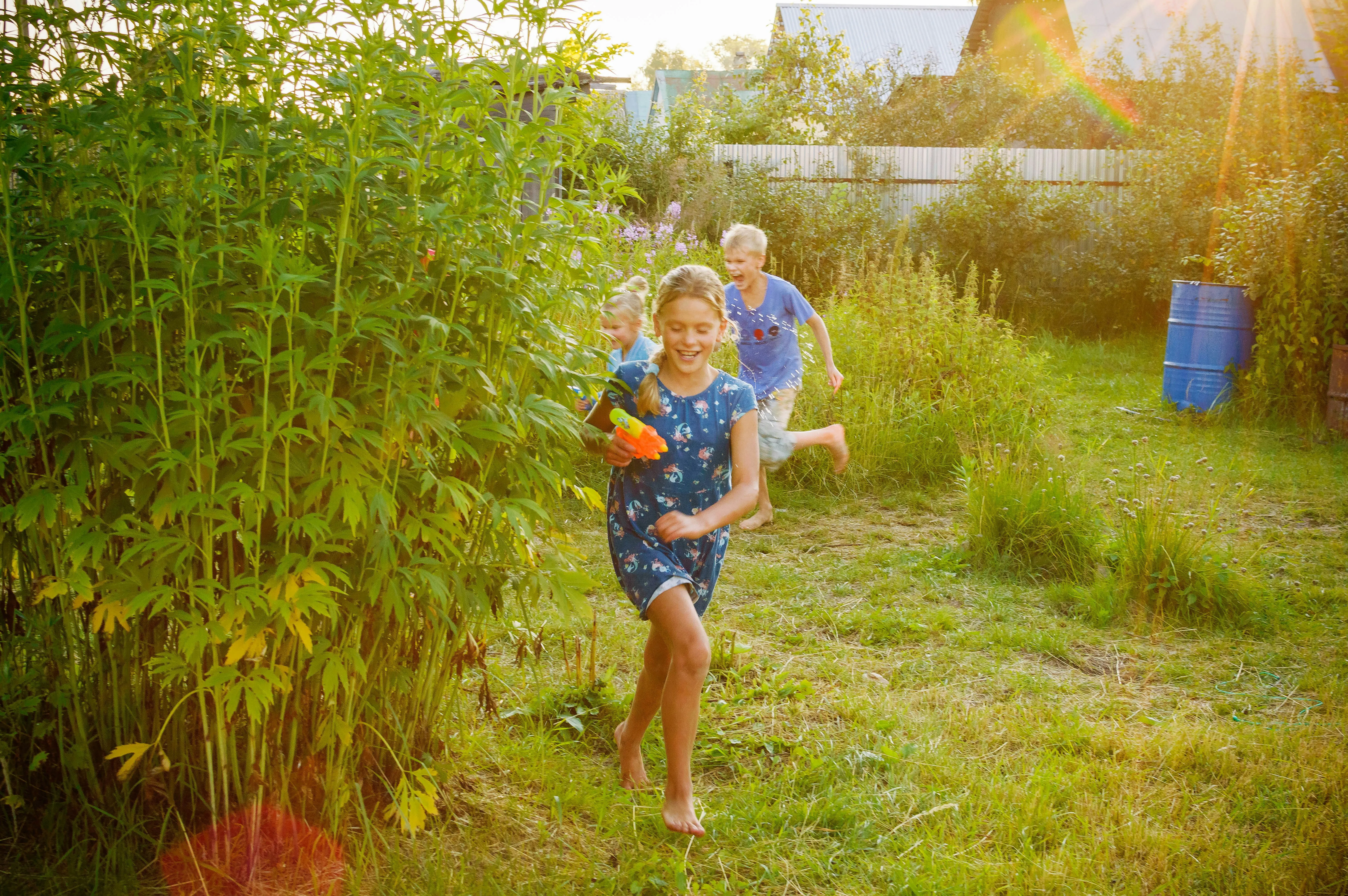
4. Creating a Green Nursery
Designing a green nursery involves choosing sustainable materials and products that contribute to a healthy environment for your baby.
Non-Toxic Paints and Finishes
Use paints and finishes that are free from volatile organic compounds (VOCs) to ensure good indoor air quality. These products are less harmful and reduce exposure to toxic chemicals.
Sustainable Furniture
Select nursery furniture made from sustainable materials like bamboo or reclaimed wood. Look for pieces that are durable and can be used for multiple purposes or passed down to future children.
Organic Bedding
Choose bedding made from organic cotton or other natural fibers. These materials are free from harmful chemicals and provide a safe and comfortable sleeping environment for your baby.
5. Reducing Waste at Home
Reducing waste is a fundamental aspect of eco-friendly parenting. Here are some strategies to minimize waste in your household:
Reusable Products
Replace single-use items with reusable alternatives. This includes items like water bottles, food containers, and shopping bags. Teaching children to use reusable products helps them develop sustainable habits.
Composting
Start a compost bin for food scraps and yard waste. Composting reduces landfill waste and creates nutrient-rich soil for your garden. Involve kids in the composting process to teach them about natural recycling.
Mindful Purchasing
Be mindful of what you bring into your home. Avoid excessive packaging and opt for products with minimal or recyclable packaging. Choose high-quality items that are built to last rather than disposable ones.
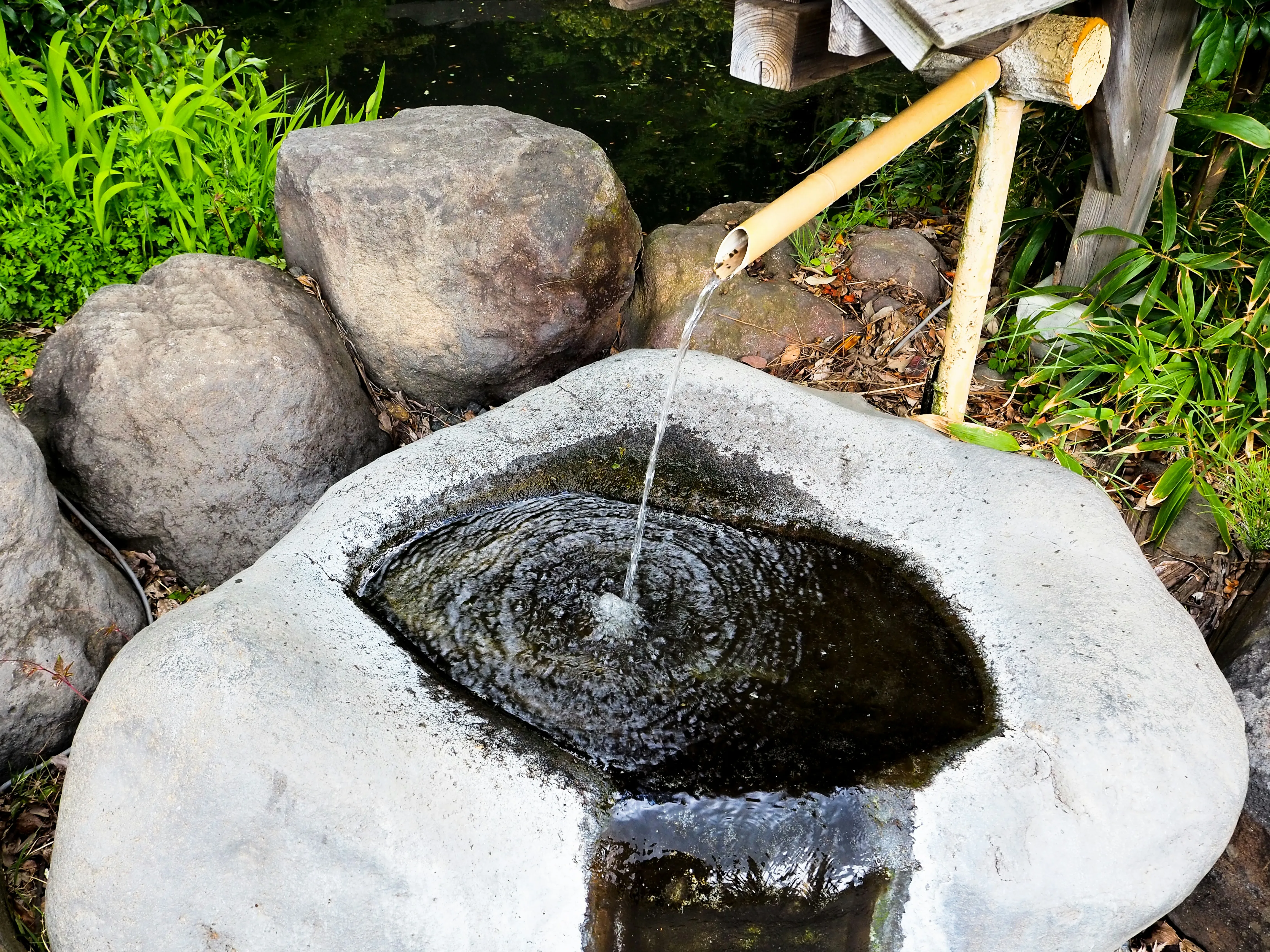
6. Energy and Water Conservation
Conserving energy and water is crucial for a sustainable home. Here are some ways to make your household more efficient:
Energy-Efficient Appliances
Invest in energy-efficient appliances to reduce your energy consumption. Look for products with the Energy Star label, which indicates they meet high standards for energy efficiency.
Water-Saving Fixtures
Install water-saving fixtures like low-flow showerheads, faucets, and toilets. These fixtures help conserve water without sacrificing performance.
Educate Children
Teach children about the importance of conserving energy and water. Simple actions like turning off lights when leaving a room and not letting the water run while brushing teeth can make a big difference.
Conclusion: A Sustainable Future Starts at Home
Eco-friendly parenting is about making conscious choices that benefit both your family and the planet. By incorporating sustainable practices into your daily life, you can create a healthy and environmentally responsible home for your children. From choosing eco-friendly baby products and sustainable toys to teaching kids about recycling and conserving resources, every small step counts.
Raising children in a sustainable home not only helps protect the environment but also instills values of responsibility and stewardship in the next generation. Embrace these eco-friendly parenting tips and inspire your family to live a greener, more sustainable life. Together, we can make a positive impact and create a brighter future for our children and the planet.
Revising Sageness

